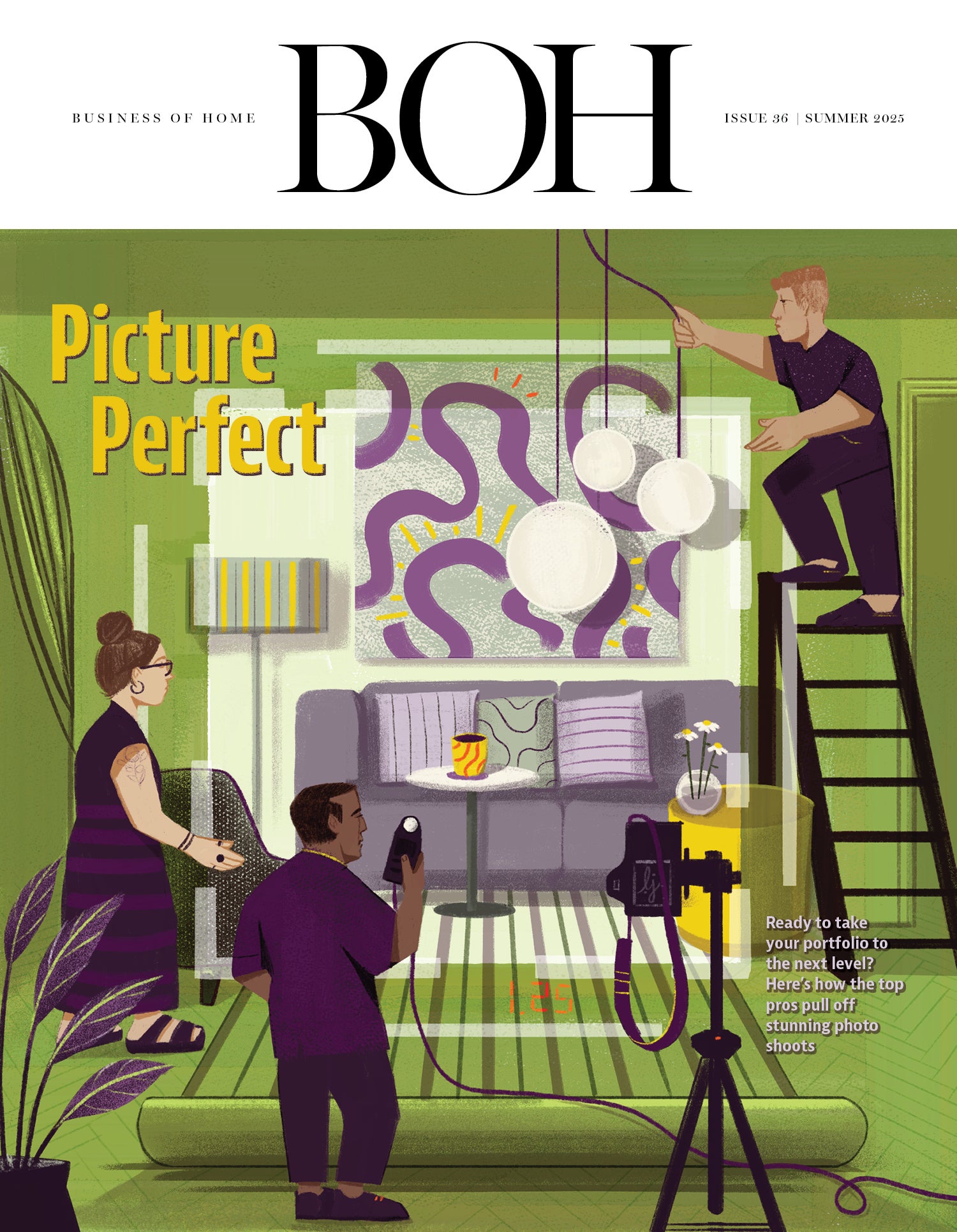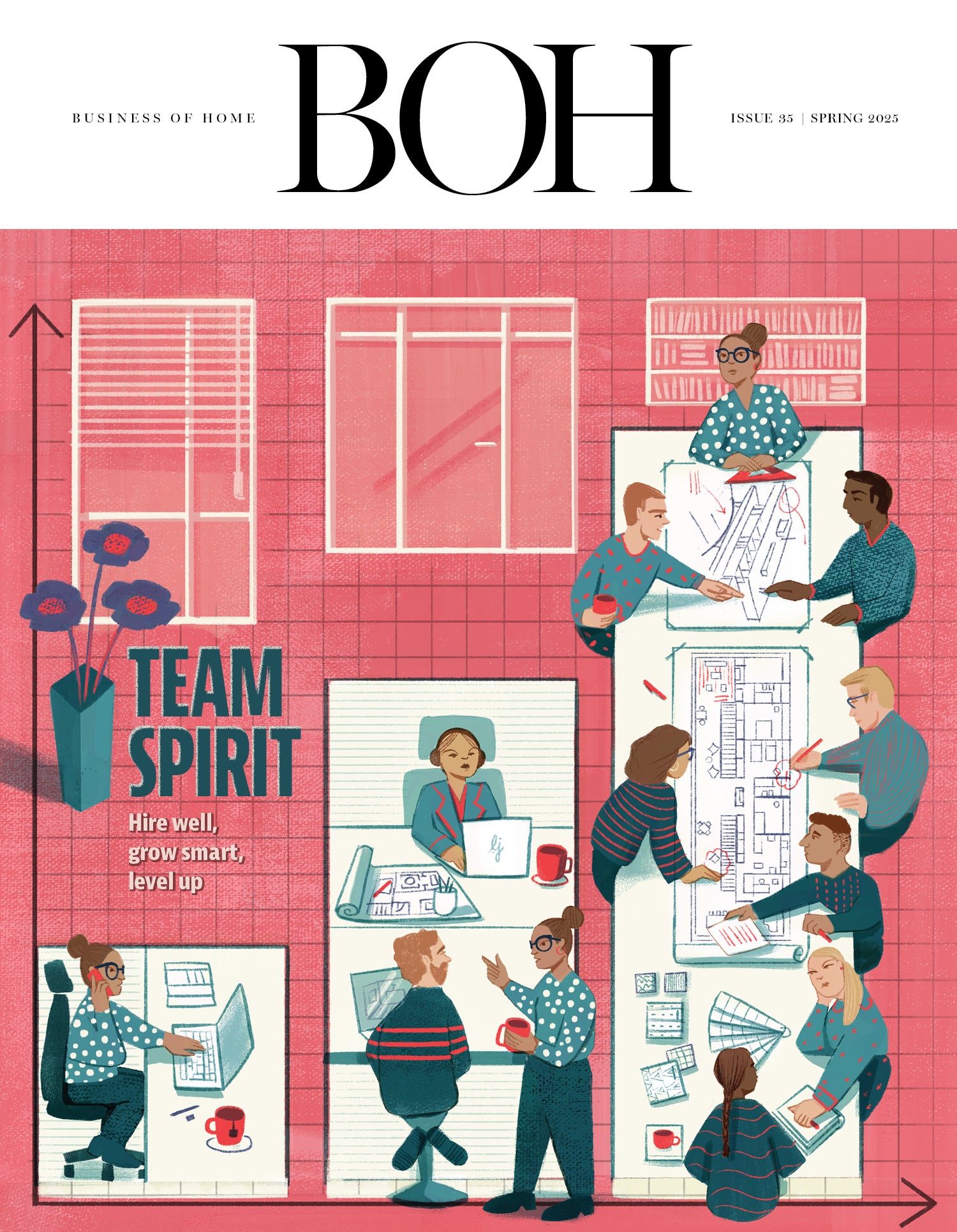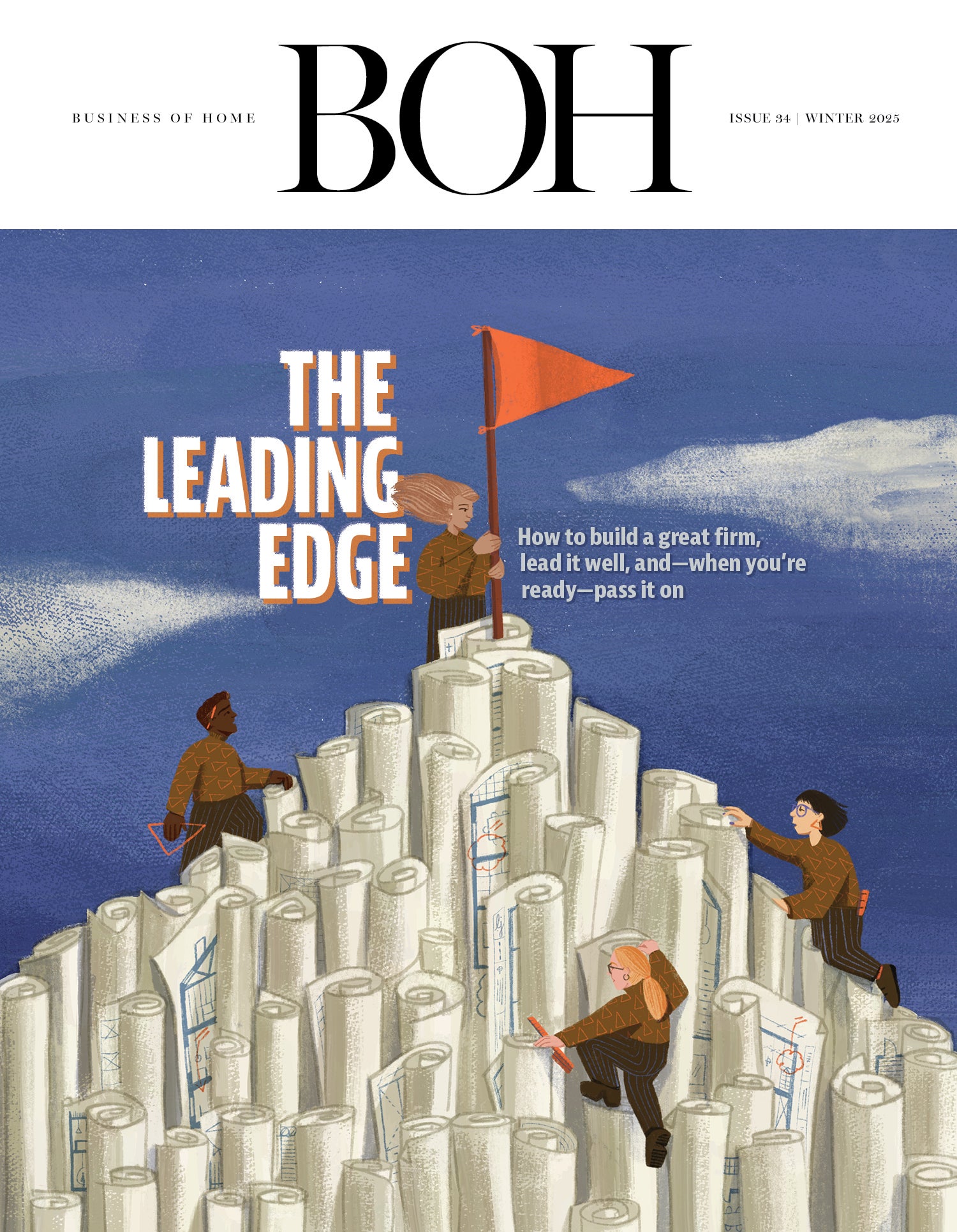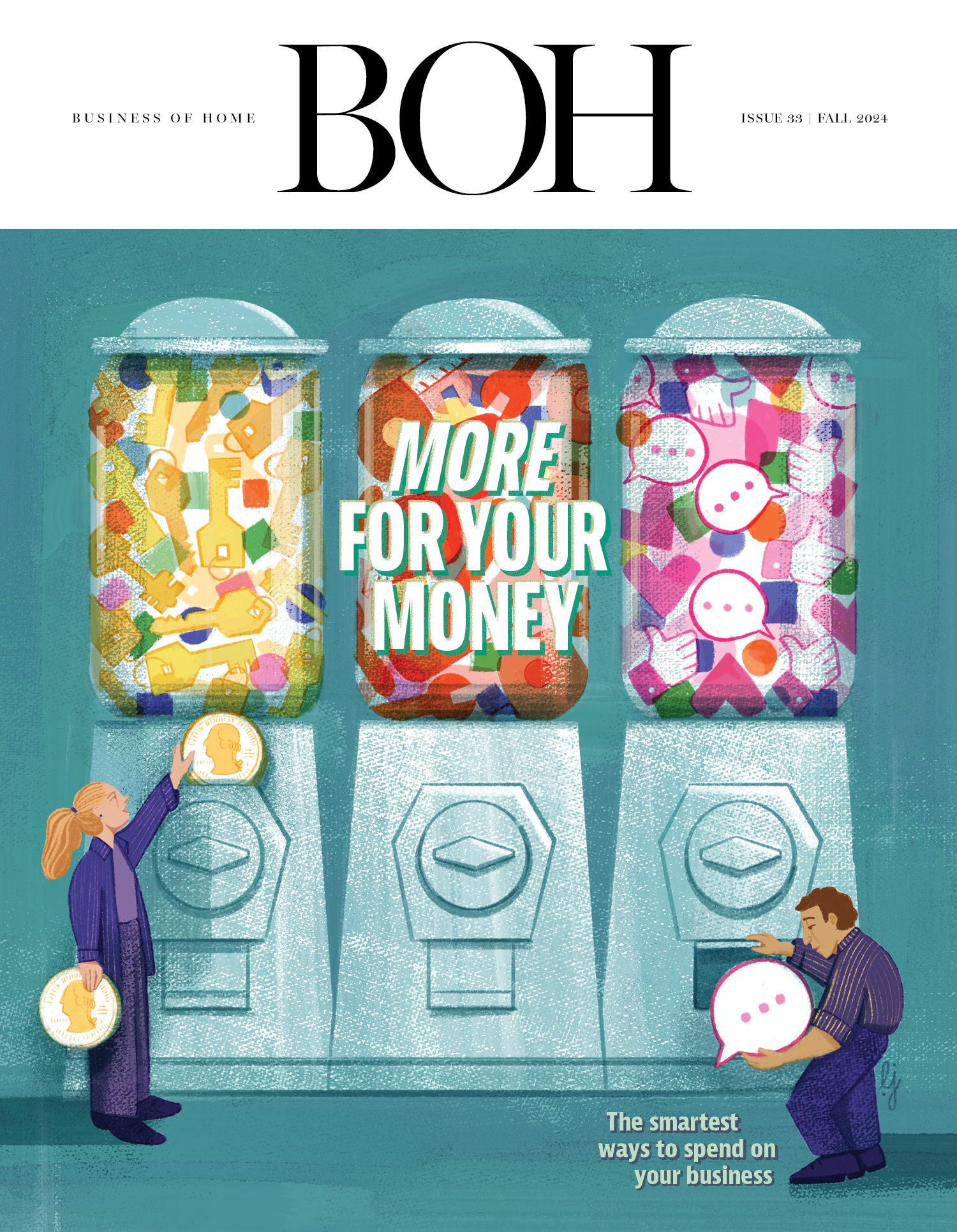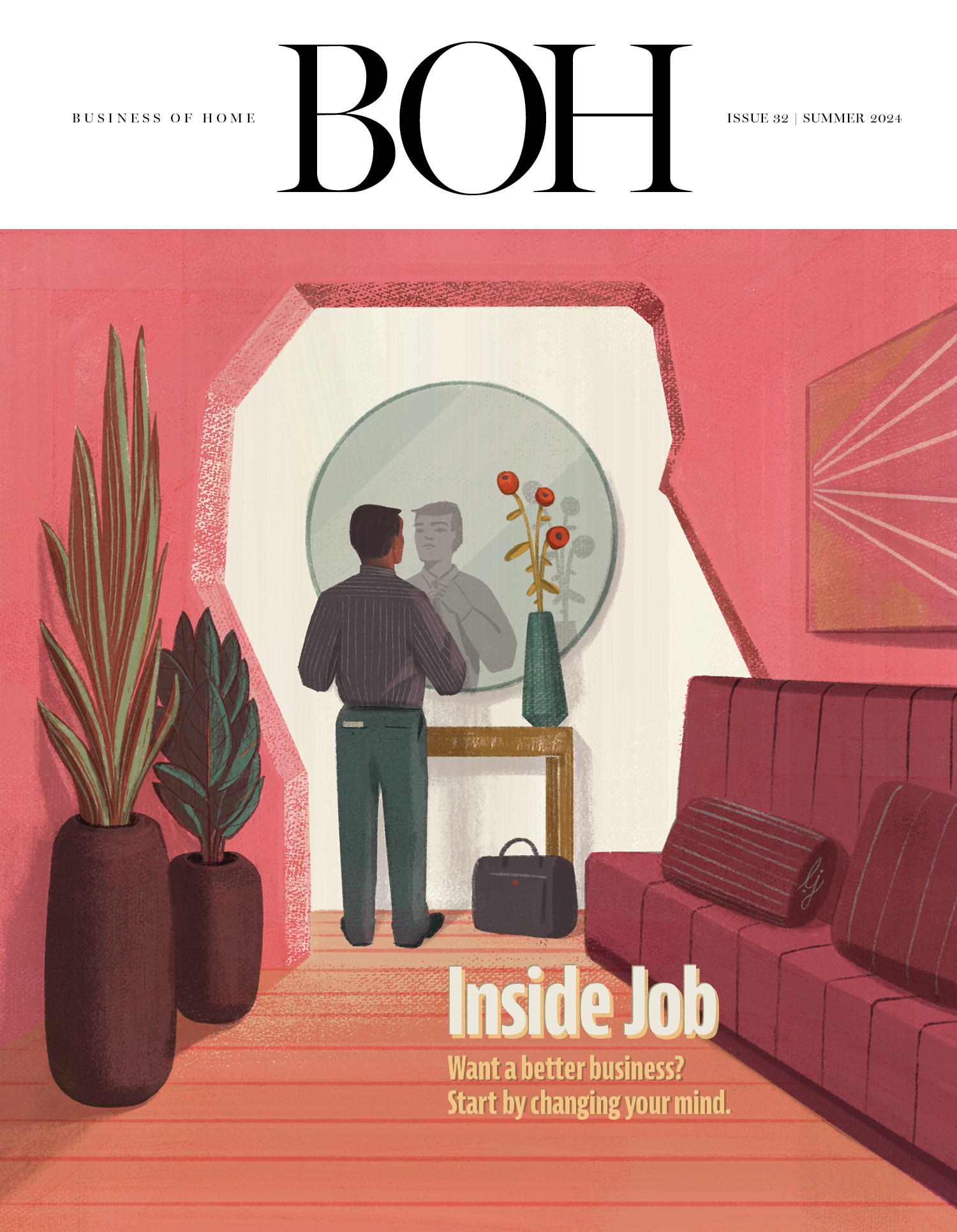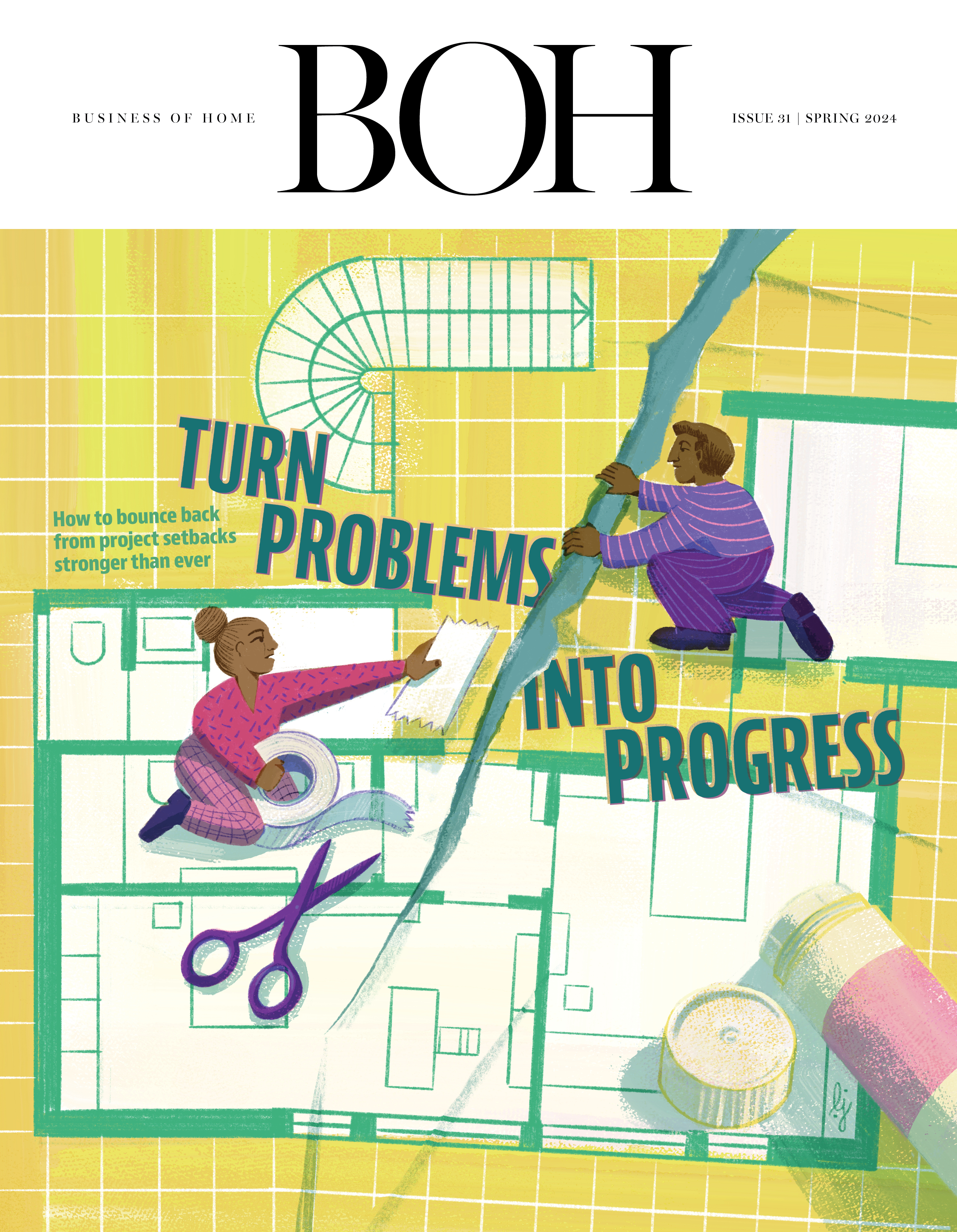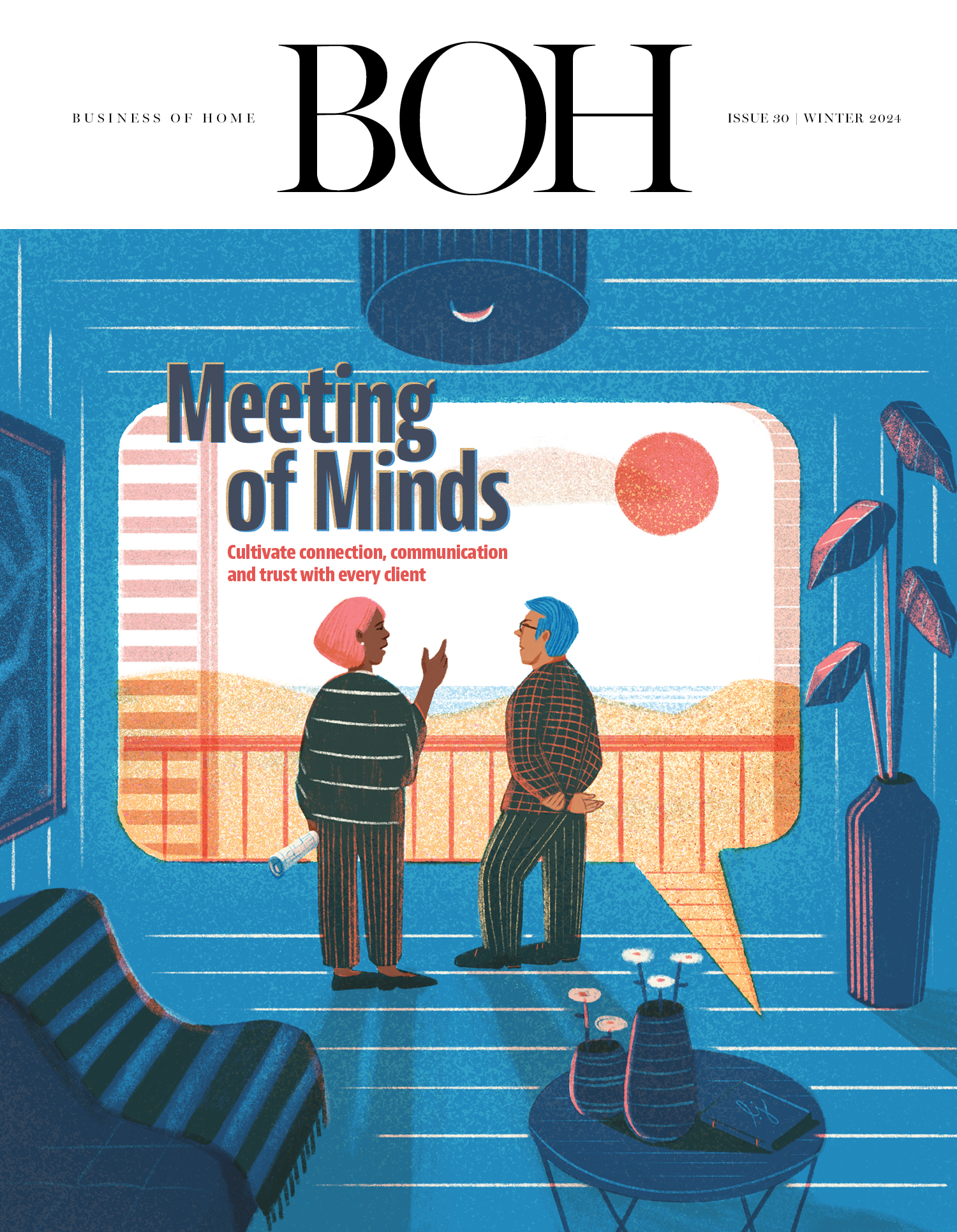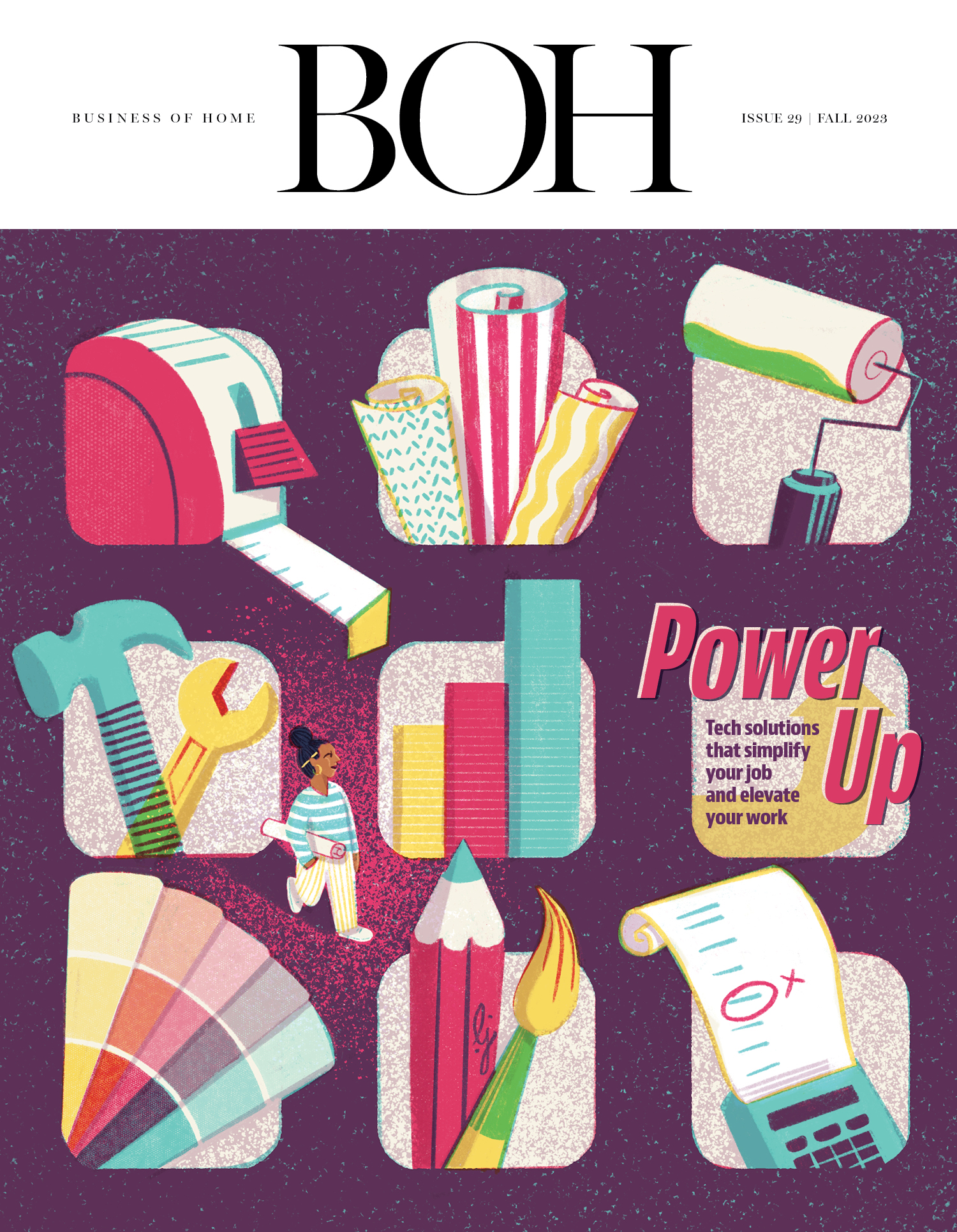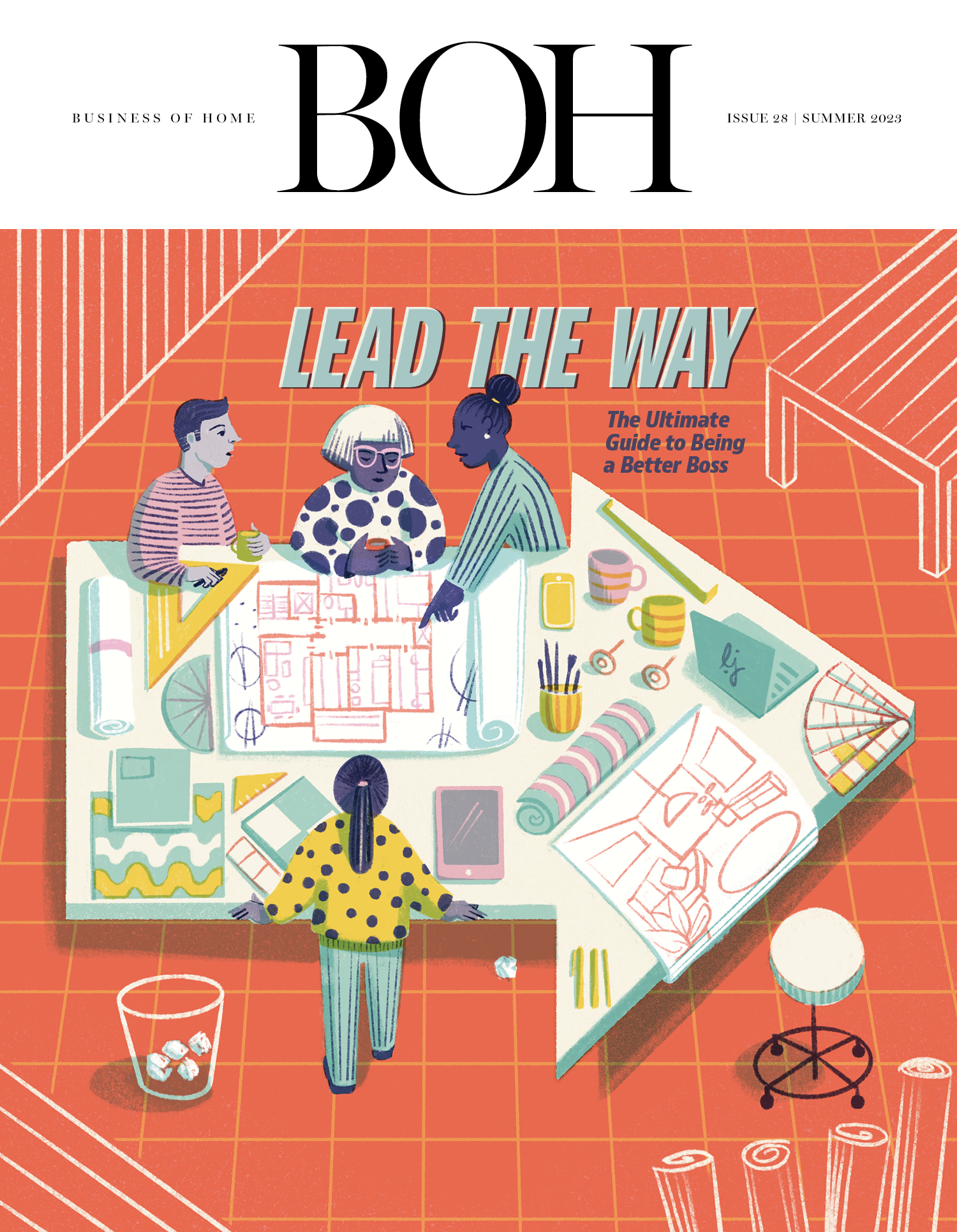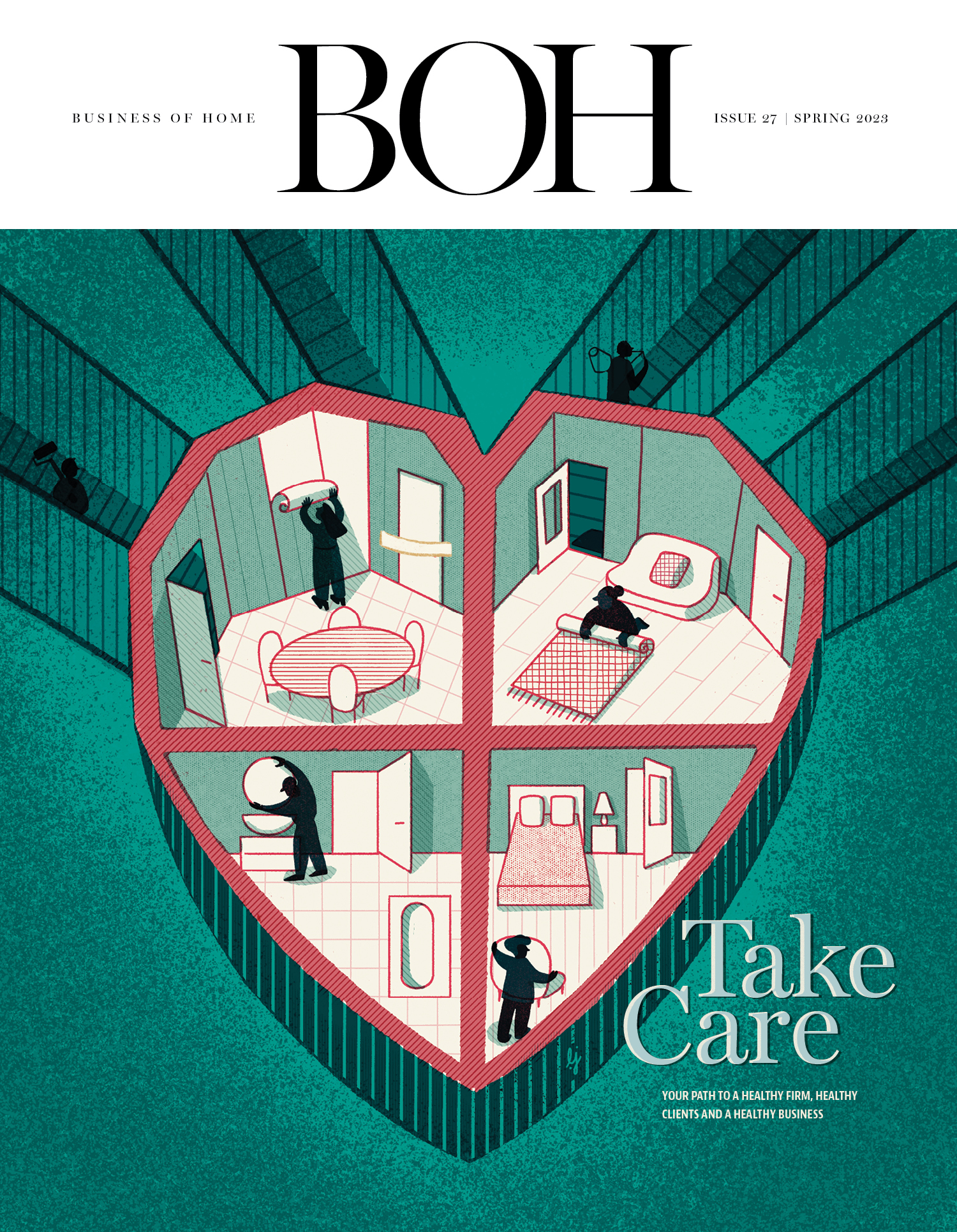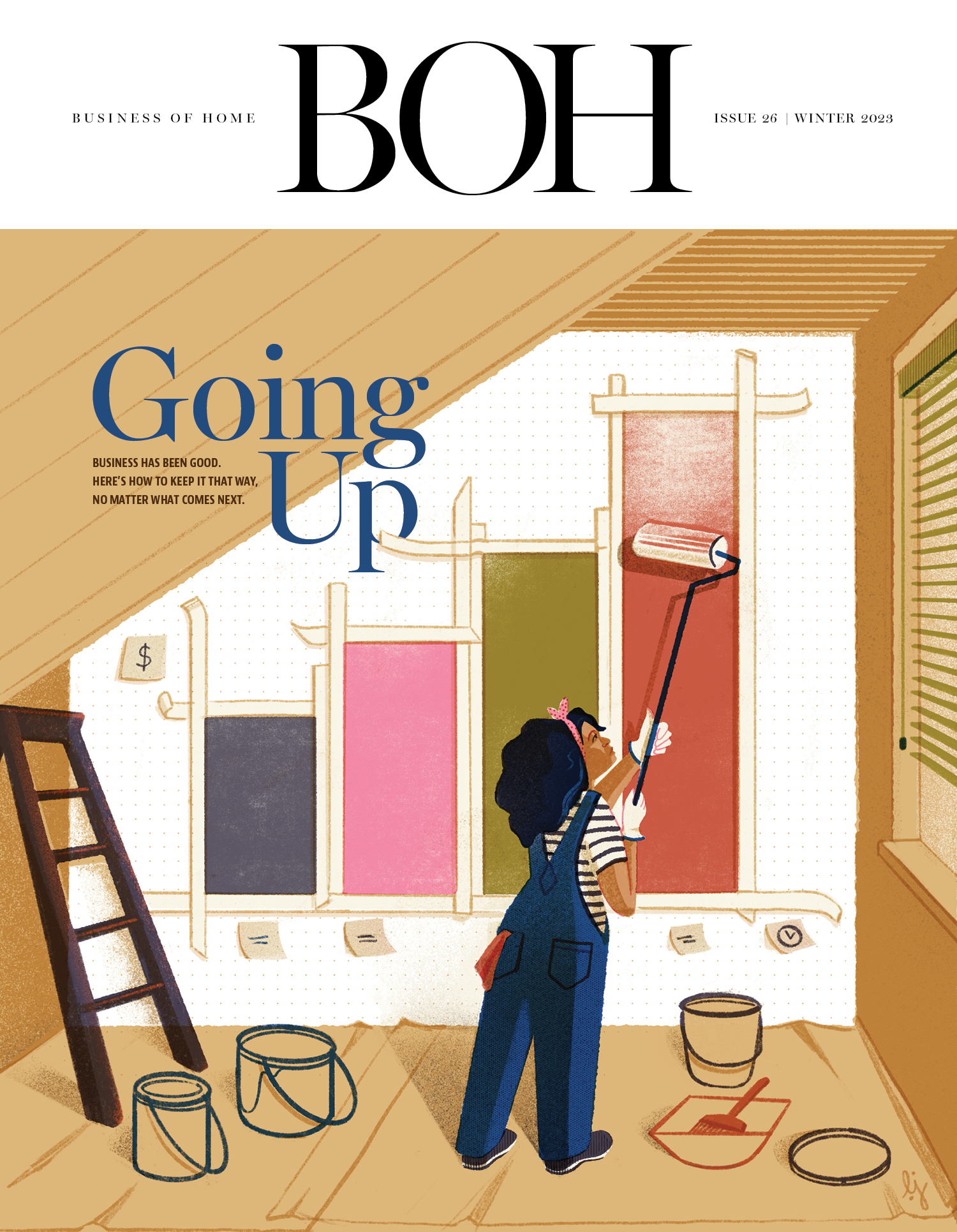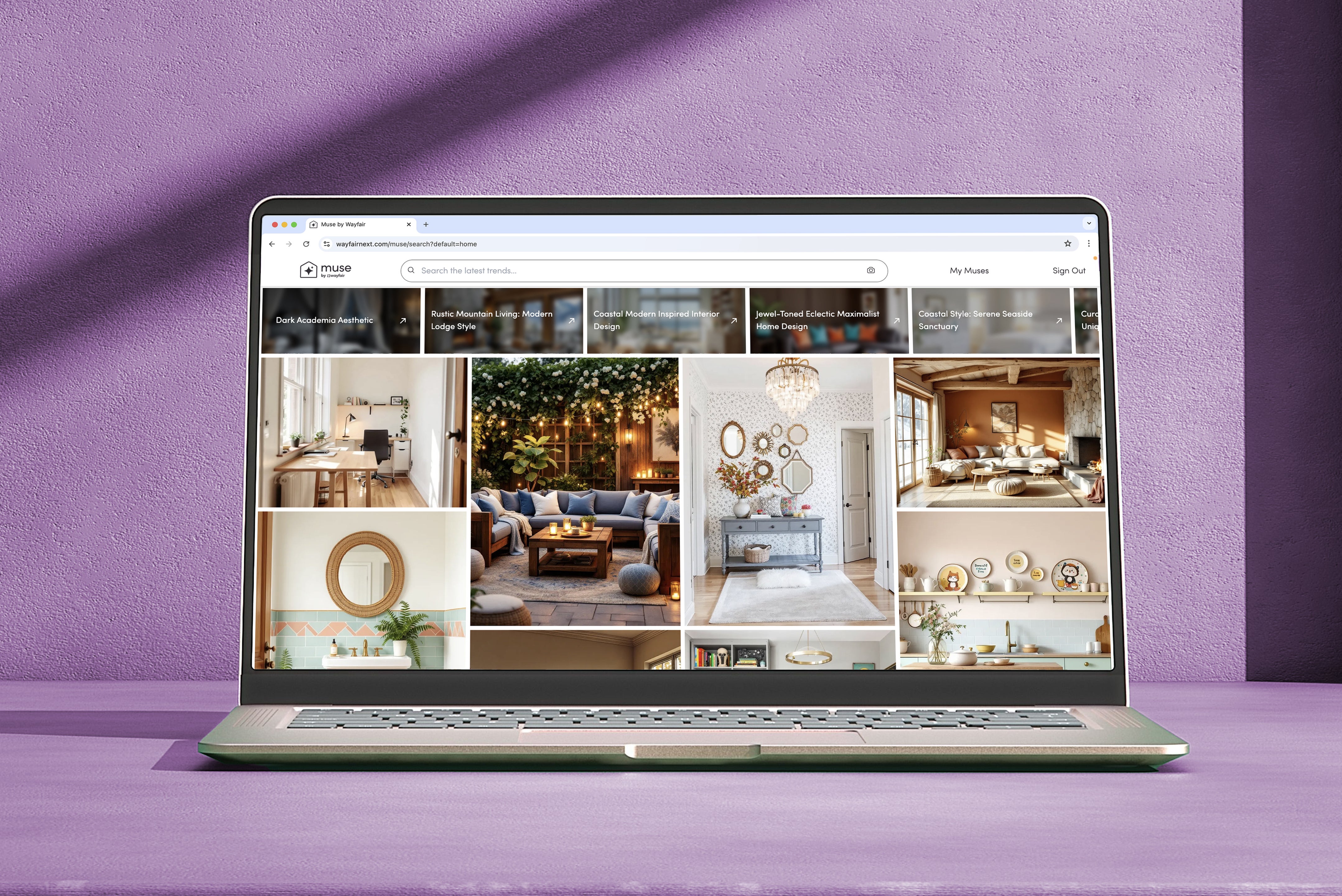In the fall of 2022, a website called “Interior AI” went viral. It featured a simple interface that allowed users to upload pictures of their home, select a few stylistic prompts (“cottagecore dining room,” for example), and have artificial intelligence redecorate it for them. Interior AI was buggy, and the results were uneven, but it was the first tool to apply newly public generative AI engines to interior design in a way that captured the public imagination—at least for the length of an internet hype cycle.
Impressively, the site had been hacked together in a few days by one programmer. At the time, writing for Business of Home, I wondered: “If an entrepreneur with no budget can build an impressive algorithmic interior designer in less than a week, what could a tech platform—or even a brand in the home world—do with more money, more people and more time?”
Almost three years later, Wayfair—a tech platform and a home brand—has answered the question with the debut of its latest AI experiment, Muse. It’s faster, smoother and more impressive than Interior AI on almost every level. But it also demonstrates how some of the fundamental problems with AI-powered design remain unsolved.
Muse is not Wayfair’s first foray into this arena. In the summer of 2023, the company unveiled an experiment called Decorify. Though presented in a slicker package, it was not radically different from Interior AI: Users uploaded a photo of their room, made a few stylistic suggestions, then got an AI-generated image back.
The first generation of AI design tools all suffered from the same three problems. One: In “redesigning” a room, the tool would often warp the architectural dimensions of the space, moving windows around and inventing doors. Two: Users couldn’t make small refinements, and every new image was a do-over from scratch. And three: None of the product was real, all of it merely algorithmically derived averages of the millions of pictures of furniture the tool had been trained on.
Decorify came up with a workaround for the third limitation. The platform would generate a room full of AI-imagined stuff, then scour Wayfair’s 30 million SKUs for look-alikes and present them as shoppable links. The results were wonky. Occasionally, the program would find a good match, but sometimes it would confuse an armchair for an ottoman, a chandelier for a decorative birdcage. As an experiment, it was interesting. As a product, it was unreliable—and it was hard to imagine it making much of a difference to Wayfair’s bottom line.
A year and a half later, the company has started over with a new approach. Muse shows some improvement on the challenge of preserving the integrity of an architectural envelope, but if you upload a photo, it’s still a little finicky, prone to expanding windows and shifting corners. As for innovating the ability to fine-tune an existing design, that’s still very much a work in progress: You’ll try to change the color of a rug and end up with a new room.
Muse sidesteps the third challenge entirely by admitting defeat—it doesn’t even attempt to precisely link AI product to real Wayfair SKUs. Instead, it presents a list of items that are “inspired by” the AI-generated “muse.” The tool is a tacit admission that populating AI-generated imagery with Wayfair’s real catalog is either too difficult, too expensive, or a problem not worth solving (for now anyway).
To be fair to Wayfair (the company declined our request for an interview), it’s quite possible that’s not what they were going for. Muse is a step up from Decorify, but the innovation is less around advancements in AI and more a clever acknowledgment of its limitations. It’s not really a design tool, it’s an inspiration engine. The interface invites users to quickly dial up a vibe—“coastal Spanish revival,” “cozy autumnal cabin,” “rustic Tuscan elegance”—refine it, and check out some products that loosely fit the bill.
In some ways, Muse is less ambitious than Decorify, but it’s more fun, and probably ultimately more useful to actual shoppers. It’s not hard to imagine a consumer—especially one who struggles to articulate exactly what design style they’re looking for—typing in some vague keywords, tinkering around, and ultimately landing on a product they like.
Muse is also a little depressing. The images it generates are all fairly “accurate,” even for more esoteric requests (“rainbow witch bedroom,” for example), but somehow—like most AI-generated images—they feel generic and lifeless. Pinterest recently came under fire for being inundated with “AI slop,” a term for low-quality AI imagery designed purely to generate customer engagement. Wayfair’s new tool is nothing but AI slop, a collection of mathematically averaged interior design styles that exist for no other purpose than to drive commerce. For an inspiration engine, Muse is not particularly inspirational.
On the plus side, designers should take heart: Three years into the AI revolution, even a company as well-capitalized and tech-savvy as Wayfair hasn’t developed anything that feels like a threat to what designers do. Of course, other entrepreneurs are cracking away at AI-powered design tools, and as countless articles will remind us, “It’s early.” But Muse is proof that even the simplest reduction of interior design—generating a workable, to-scale design scheme out of real product—isn’t easily replaced by artificial intelligence.




